what happens when you mix different colors of play dough?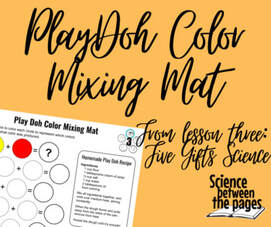 We are continuing to celebrate our gift of sight as we learn about all the different colors we can make as we mix primary colors. During our opening activity, we played with play dough and discovered what happens when we are intentional about the colors that we mix together. First, I made some homemade play dough at home with my kids to bring into class. Here is the recipe I followed: Ingredients: 1 cup flour 1 Tbs cream of tartar 1/2 cup of salt 2 Tbs. of oil 1 cup of water food coloring 1. Mix all the ingredients in a saucepan over medium heat. 2. Mix continually over the medium heat until the play dough begins to pull away from the saucepan. 3. Place on some wax paper to cool a little before kneading it. Place it in the refrigerator to store for months of fun. NOTE: I repeated this three times for each of the primary colors, red, blue and yellow. During class, I had them turn to their PlayDoh Color Mixing Mat in their Five Gifts book . We took yellow and red first and mixed them together to see what color they would make. To document their results, I had them color in their play doh mat. When we were all done mixing the different colors, I had them mix all the play doh together. I asked them whether they thought the colors together would be darker or lighter. They all thought the colors together would be darker. 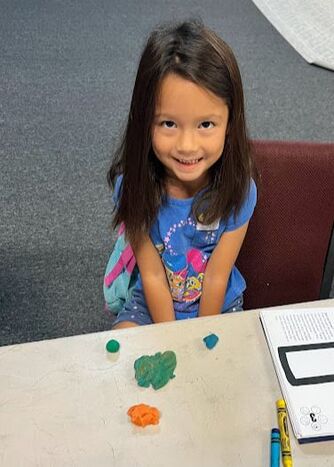 I love how this student left behind a sample of each of her different colors of play dough that we made and then put her mixed up play dough in the middle. So organized and a great way to visualize what made the big color in the middle! The answer to our question of if the colors of play dough would be darker or lighter were answered. The colors were darker when combined together. storytime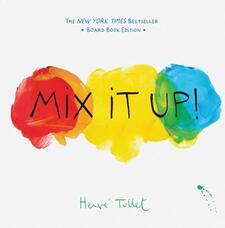 This book is very fun to present to children. It will invite them in to participate in some 'pretend' mixing of colors on the pages. It teaches them which colors of paint make which colors. 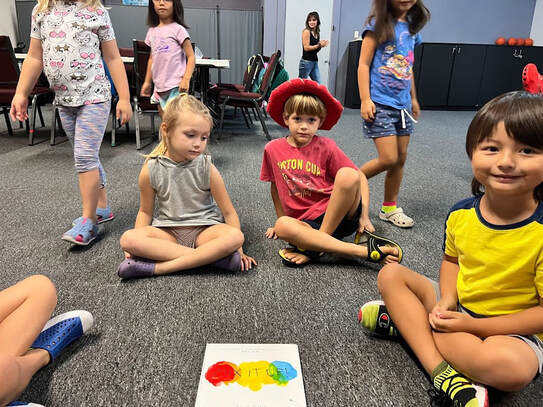 I loved all the participation in this book reading. The author had us tap dots of color, tilt the book to the right, and smoosh colors together. All the students enjoyed. mixing primary colors of light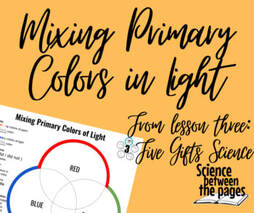 For our second investigation, we wanted to see if mixing colors of light would be the same as mixing colors of play dough. What you will need are three flashlights each covered with a different color cellophane; green, blue and red and the Mixing Primary Colors of Light sheet. Taking your respective flashlights, you would shine them on the Primary Colors of Light sheet. 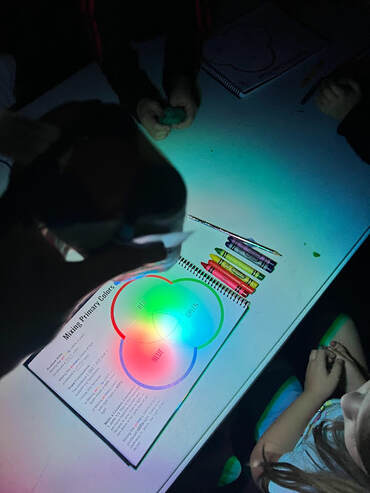 Remember when I asked the students what they thought would happen when we mixed all the colors of play dough together? I asked them what they thought when we mixed these colors of light together. They thought that the light would also get darker. However, as you can see from the picture, when you mix red, green and blue light together, the light gets closer to white and lighter in the middle where the colors are mixing. Amazing!! See how this parallels with a characteristic of our Creator God. 1 John 1:5 - "God is light and in Him is no darkness at all" Jesus is the Light of the world and there is absolutely no darkness in His light. This is even clearly seen in our physical world. stained glass tissue art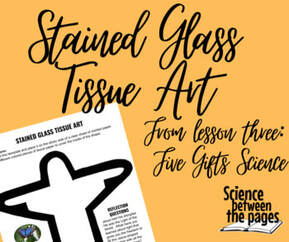 Remember from last week's lesson, we learned that we cannot see color without light and that Jesus is the Light. Without Jesus, we can't see color. Today, we get to make a stained glass Redeemer Jesus tissue art where we can place pieces of red, blue and yellow tissue paper to make other colors in our stained glass art. You will want to cut out the inside of the Jesus template and then cover the template with contact paper. Place your tissue paper on the sticky part and then place on your window to remind you of the Light of men and that Jesus makes everything beautiful. Five Gifts Science CurriculumIf you do not want to commit to buying a whole curriculum, here is a Lesson 3 bundle with all the components here as well as some painting components as well. We will have so many more adventures. Here is the link to the whole curriculum
0 Comments
light helps us see colorGod's plan for rainbows- Genesis 9:14-15 says, "When I bring clouds over the earth and the bow is seen in the clouds, I will remember my covenant that is between me and you and every living creature of all flesh. And the waters shall never again become a flood to destroy all flesh." We are continuing to collect information about God and His creation with our first gift, our sense of sight. What makes a rainbow?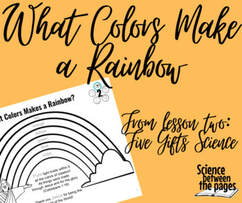 When white light is bent in a prism, a spectrum of color is displayed. This is what we call a rainbow. The colors that make up a rainbow are: Red, Orange, Yellow, Green, Blue, Indigo and Violet aka ROY G BIV Our opening activity is of the students coloring a rainbow. This is my favorite picture of a rainbow because Jesus is at the beginning of it. Without Jesus we wouldn't have light, and definitely without light, we wouldn't be able to see color. StoryTime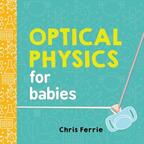 While I am not a fan of this title or the author's worldview, I do like how simple he made the explanation of rainbows. He begins with a ball and shows how light travels in a straight path but can be reflected, refracted and absorbed. Can we see color in the dark?Using some colored paper flags, dim the lights and see if they can tell which color is what. I used colors red, orange, green, blue, black and brown. I would mix up the color flags and then turn off the light. I held up a flag and the students would guess every color. We did this at least 4 times. Every time, the answers were varied therefore proving that we cannot distinguish color without light. Let's Go for An Energy WalkAll colors have an energy level, just like all people have energy levels. Young children have a higher energy level than middle-aged adults and middle-aged adults tend to have more energy than an older adult. Likewise, the energy levels follow the ROY G BIV (Red, Orange, Yellow, Green, Blue, Indigo, and Violet) spectrum with Red being the lower energy color and purple being the higher energy color. We took a walk outside using these different colors on our way to determine how fast we walked outside. Hunt for rainbowsUsing prisms, the students were able to focus the white light through it and observe rainbows on the sidewalk. Sometimes the prism would only reflect the light. If we rotated the prism, it would show a rainbow. Likewise, I bought some bubble solution and had the students blow bubbles to see if they could spot some rainbows on the bubbles. These kids loved blowing bubbles. They would call out the colors they could see in the bubbles. exit questionName some colors of the rainbow. At Home-WorkThe students can choose which Prism sheet they would like to do this week. There are three to choose from in their Five Gifts book. Each one is slightly different.
Here is the Book list that I chose to use for this curriculum. It was so hard to pick just one book to read for each lesson but here is what I narrowed it down to. 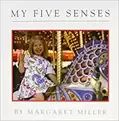 Lesson 1- My Five Senses by Margaret Miller 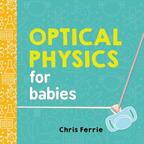 Lesson 2- Optical Physics by Chris Ferrie 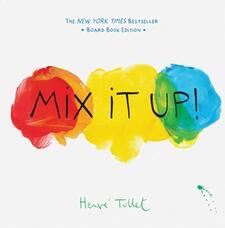 Lesson 3- Mix It Up by Herve Tullet 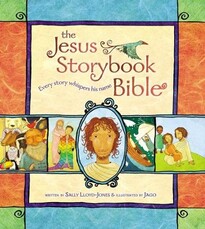 Lesson 4- The Jesus Storybook Bible by Sally Lloyd-Jones (p. 214) 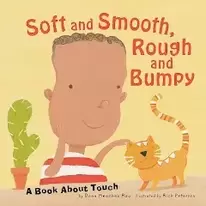 Lesson 5- Soft, Smooth, Rough, and Bumpy by Dana Meachen Rau 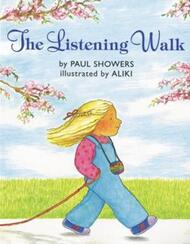 Lesson 6- The Listening Walk by Paul Showers 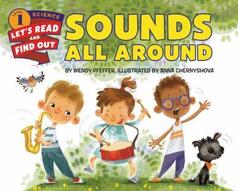 Lesson 7- Sounds All Around by Wendy Pfeffer 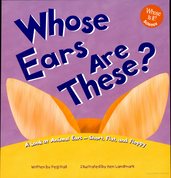 Lesson 8- Whose Ears are These? A Look at Animal Ears by Peg Hall 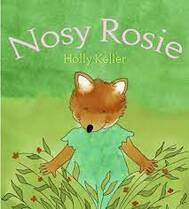 Lesson 9- Nosy Rosie by Holly Keller 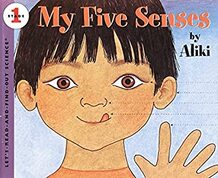 Lesson 10- My Five Senses by Aliki 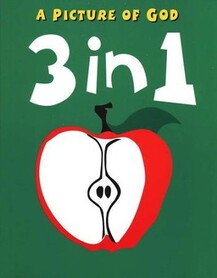 Lesson 11- 3-in1 A Picture of God by Joanne Marxhausen 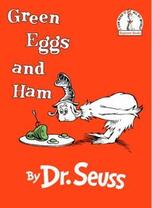 Lesson 12- Green Eggs and Ham by Dr. Seuss Light Helps Us See shapes and shadowsPsalm 119: 18 - "Open my eyes, that I may behold wondrous things out of your law." Manna Moment: The first gift from God that we will explore is a gift of sight that we may be able to see His wondrous creation. Chaos vs. OrderOur first activity of the day is building towers with blocks. Use all kinds of blocks. We notice that before we begin to build that the blocks are a mess. Often when children want to play with blocks, they dump out the whole box. This leaves quite a bit of chaos. Once our towers are built, we wonder if the blocks could have made themselves into a tower or by themselves they would be chaos. It takes someone outside the blocks to give it order and purpose. This is what our Creator God has done for us. He is outside our world, He created our world and everything in it with order, purpose and love in mind. We then practiced noticing where things were chaotic and when they were in order. Storytime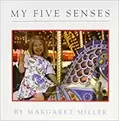 I chose to use Margaret Miller's My Five Senses as an introduction to the Five Gifts that God has given us to explore His world. This is an older book, however, the pictures are large and the text is simple. You can use any Five Senses book that you love to introduce these lessons to your students/children. Peek-a-box InvestigationQuestion: Do we need light to see? In the student's book, there is a place to circle a hypothesis, their best guess considering what already know about light. Hypothesis: The (more/less) light we have, the better we can see. During class, I brought the Peek-A-Box to them. We talked about the investigation and then we made a verbal hypothesis. After we investigated, then we went back to their seats with their books and documented the results. Each student after making their hypothesis would peek through the box with the flap on the top closed to see if they are able to see the toy. If they can see a toy, can they see the color of the toy? Then, I opened the flap on the top of the box and let some light into the box. The students then peeked through the tiny peep hole on the side of the box to see if they could see the toy now. The small toy I placed in my peek-a-boo box was a red, plastic frog. How to make a Peek-a-boxMaterials: Shoe Box Exacto knife (or box cutter) Colorful 3D shapes or toys (easy to draw) Tape or glue Procedures: 1. Poke a circle hole 1/4 inch diameter in the side of the shoe box. 2. Using the exacto knife, cut a flap on top of the lid to the box. Cut only three sides so that you can close it and open it. 3. Tape or glue a colorful 3D shape or toy that is easy to draw on the bottom of the box just under where the flap you cut in the lid is. 4. Place the top back on the box, taping it shut so that little fingers don't just open the box :) Casting a shadow InvestigationIn Acts 5:14-16, Luke describes a time when God's power was spreading healing and wholeness even through Peter's shadow! Consider how far a shadow can reach. The healing power of Jesus can reach even further!! There is a wonderful shadow puppet template of Jesus the Redeemer in the Five Gifts curriculum book that is helpful to use in this investigation. You can find the investigation on page 9 in the Five Gifts curriculum Note: Any time I use the word 'investigation', I will be applying the scientific method. Any time that I use the word 'demonstration', I will be providing instructions on how to 'demonstrate' the activity together while asking questions. Research Question: How can I make a shadow larger or smaller? What happens when we move Jesus closer to our light source? Background Research: A shadow is created when light rays cannot pass through an object Procedure: 1. Cut out your shadow puppet and tape it to a bamboo skewer 2. Choose a flat wall or surface to place a lamp in front of. 3. Hold your shadow puppet between the lamp and wall. 4. Move your shadow puppet closer and further away from the wall. The Casting the Shadow Investigation in the Five Gifts curriculum uses a flashlight instead of a lamp. A flashlight will create more vivid shadows, however, for a class setting, it was nice to turn on the lamp and let the students explore. If you are at home with your students, use a flashlight and have fun discovering For more shadow making fun, there is a Jesus the Redeemer template, where the students can try and match the shadow of their Jesus to the outline on page 10 in the Five Gifts curriculum exit questionAfter each class time, I will always ask the students an exit question as an informal assessment of understanding. I never withhold the answer if they do not know it but, we do repeat it before they leave. Our Exit question today was: What is one gift God has given us to be able to explore His creation? (The gift of sight) If you are homeschooling, there are many opportunities to bring up the gift of sight. For example: What part of our body helps us see light? What did God create on the first day? When you do your nighttime routine with your children, you can talk about how it is very hard to find their clothes or clean up in the dark. Five Gifts science CurriculumThis first lesson of Five Gifts Science is free for you! I hope that it is a blessing to you and that you might prayerfully consider joining me as I teach each week.
|
LEAD LEARNERWelcome! My name is Nicole Fleming and I have been leading science learning in the Bryan/College Station homeschool community for over 10 years. Archives
November 2022
Categories |
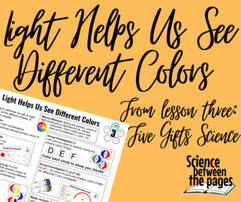
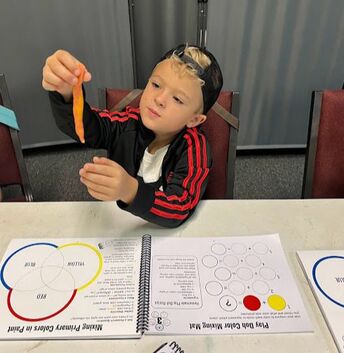
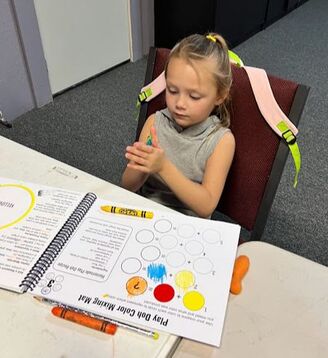
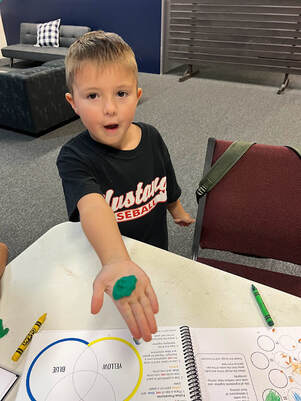
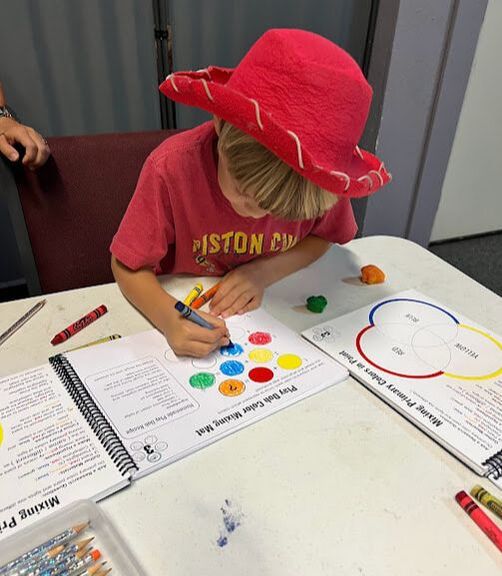
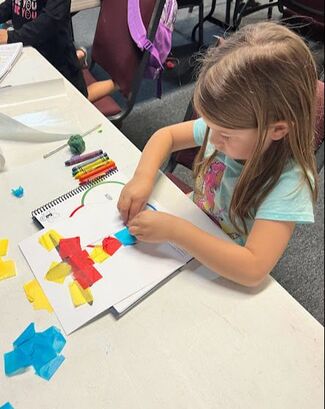
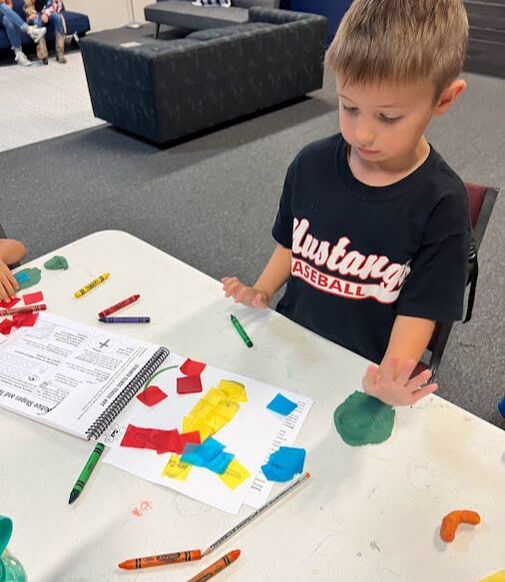
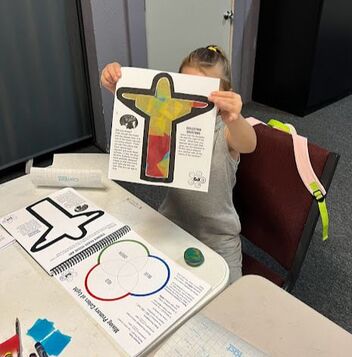
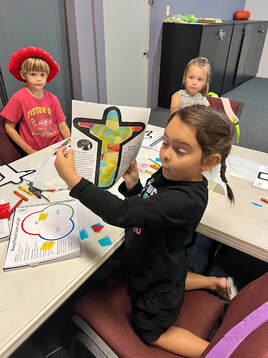
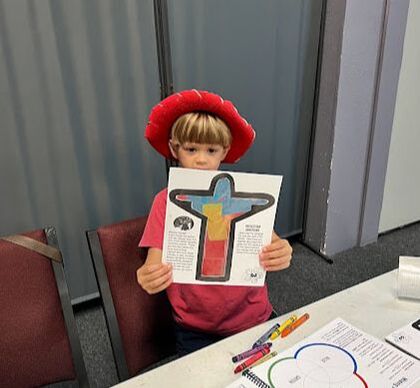
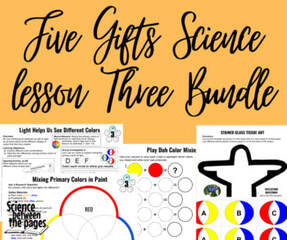
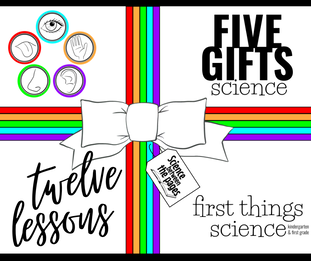
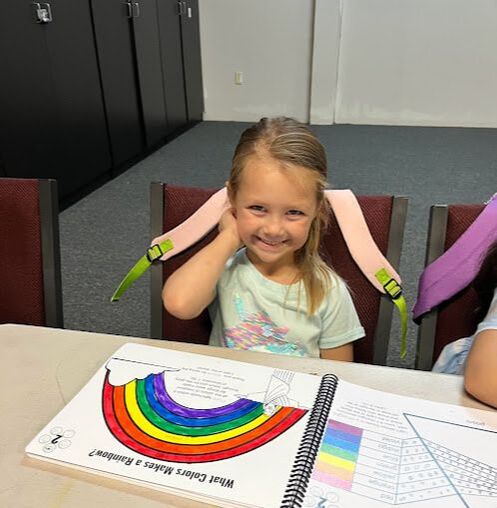
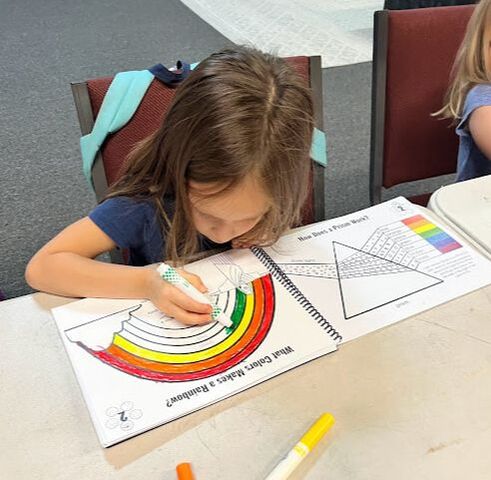
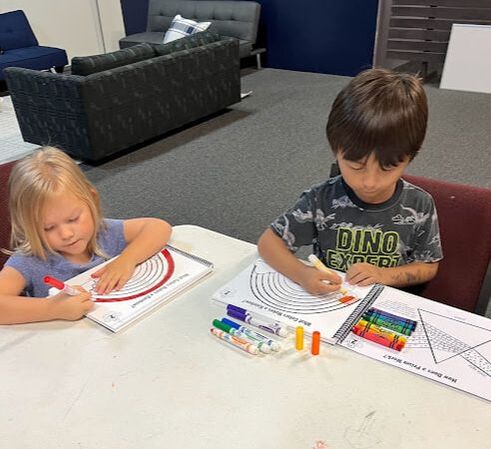
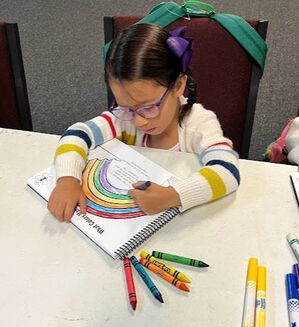
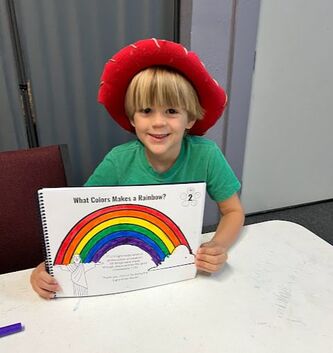
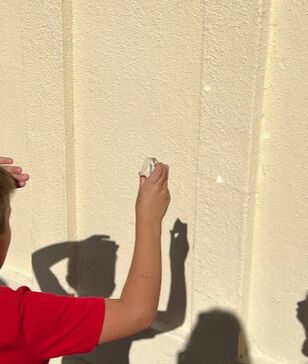
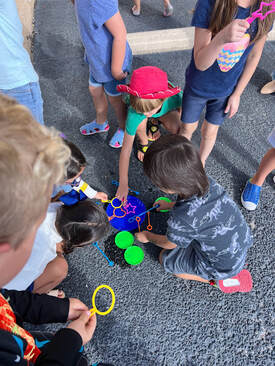
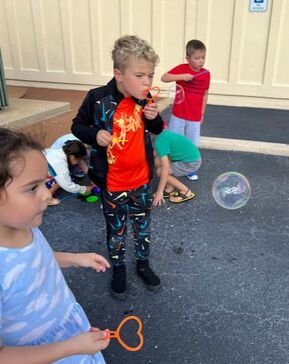
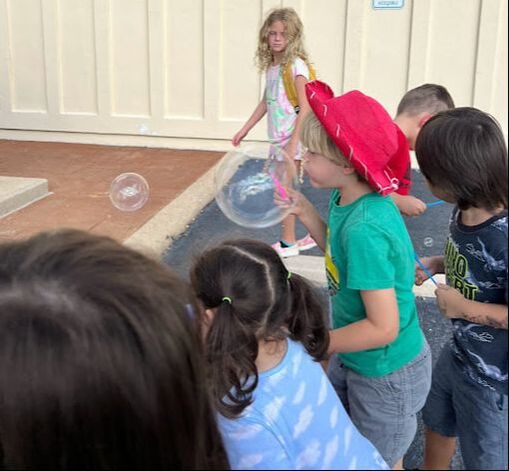
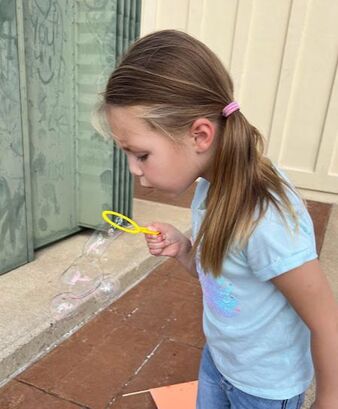
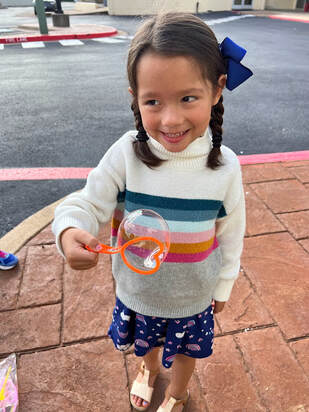
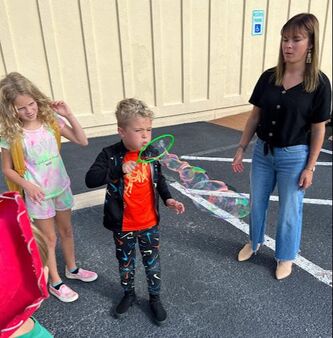
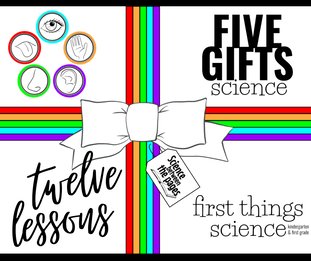
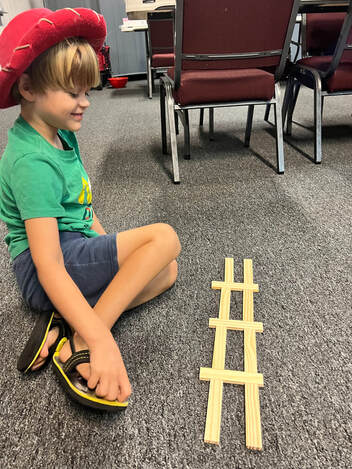
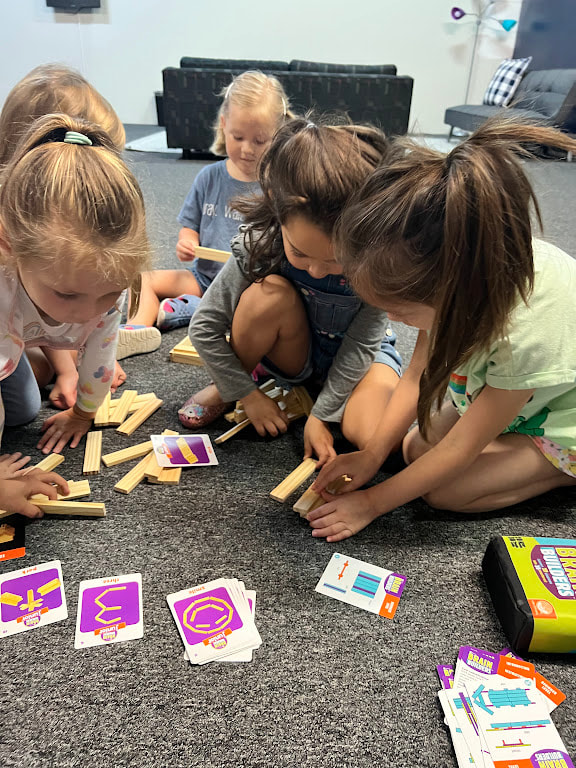
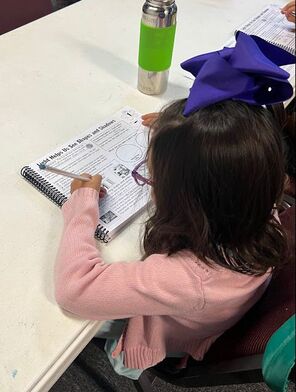
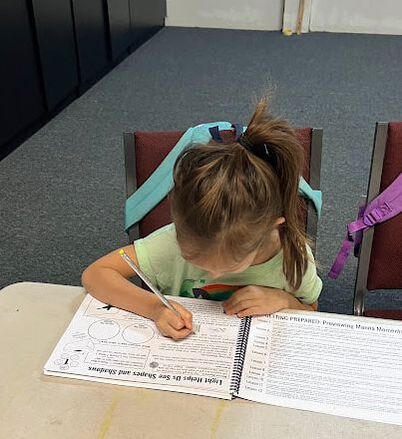
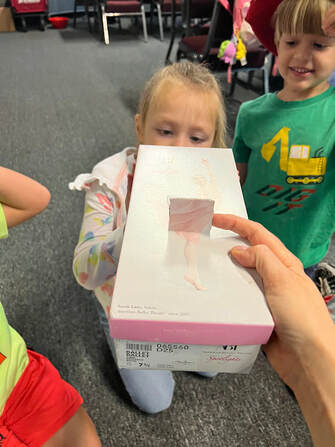
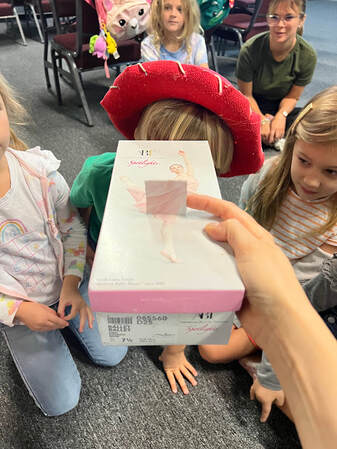
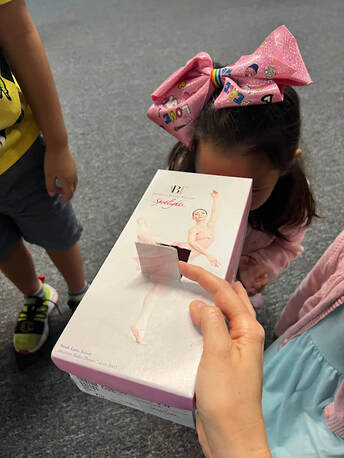
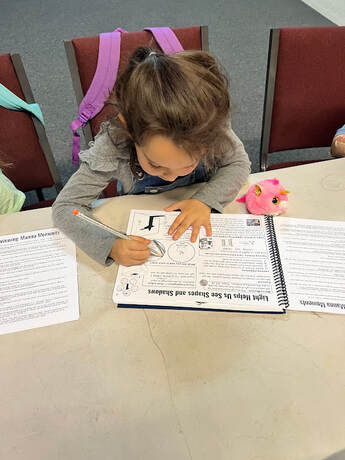
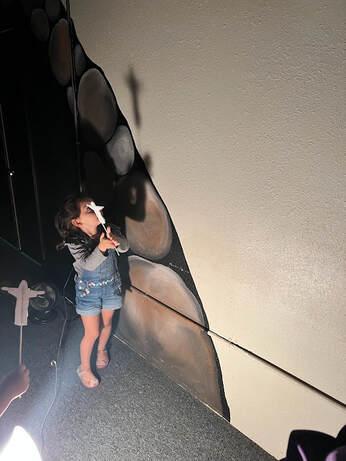
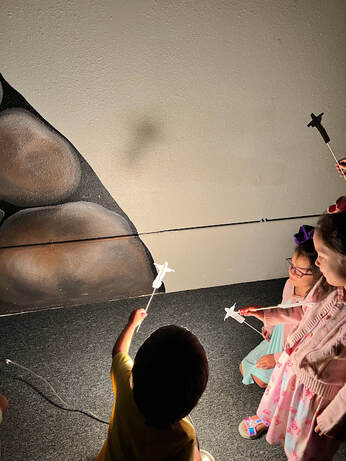
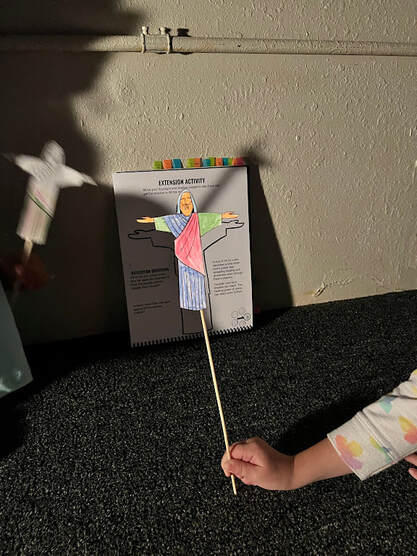
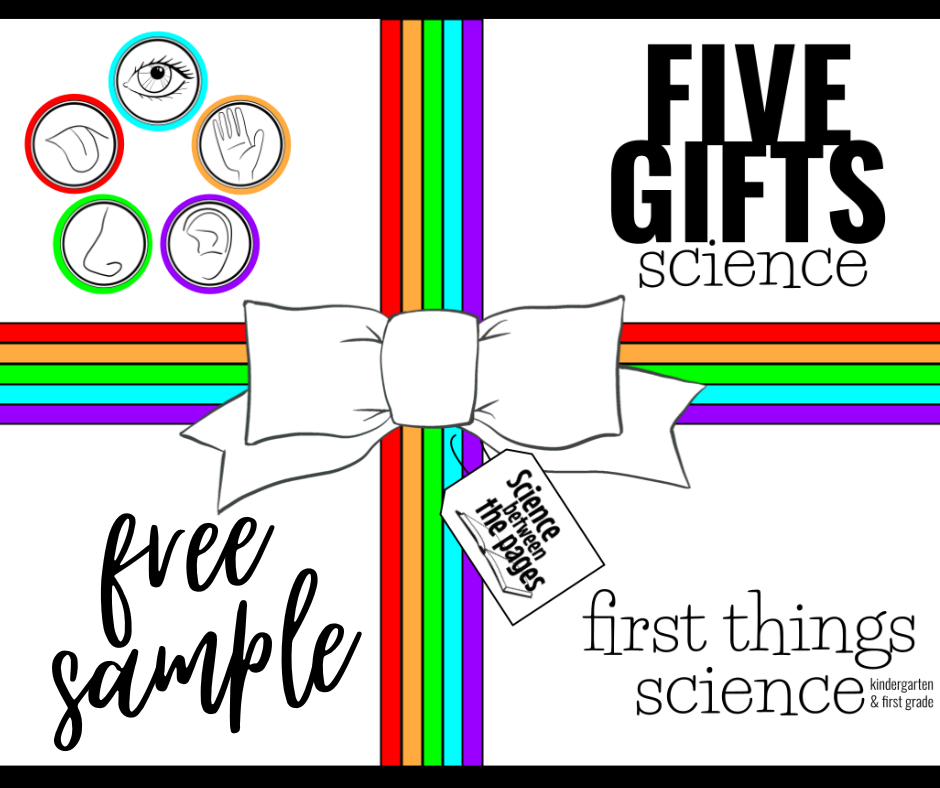
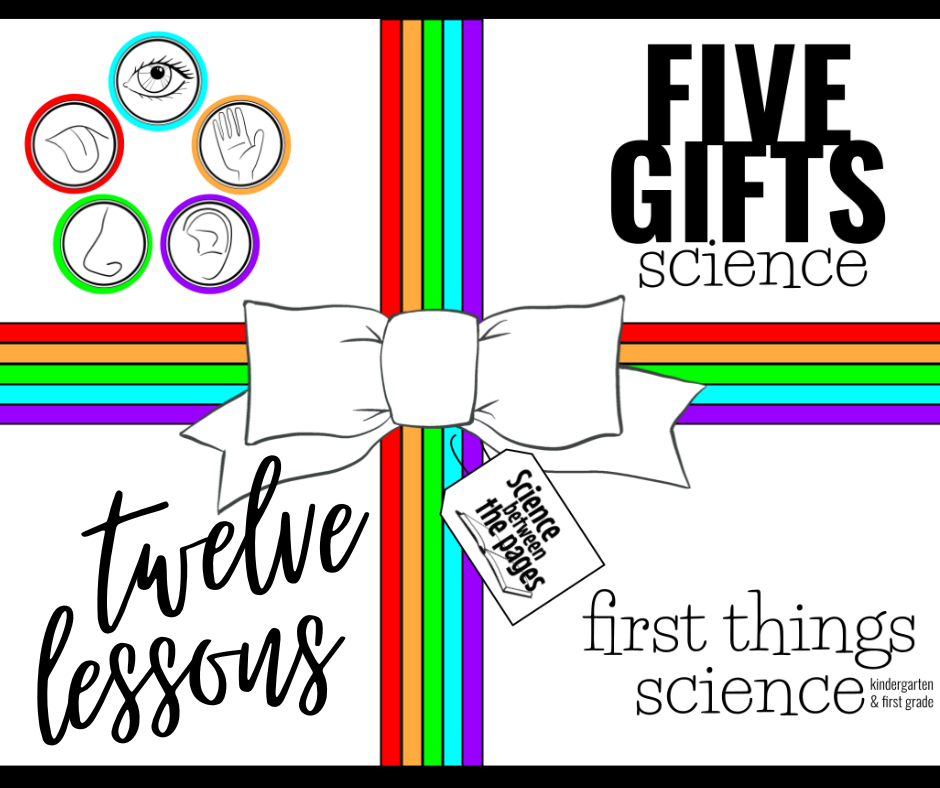
 RSS Feed
RSS Feed